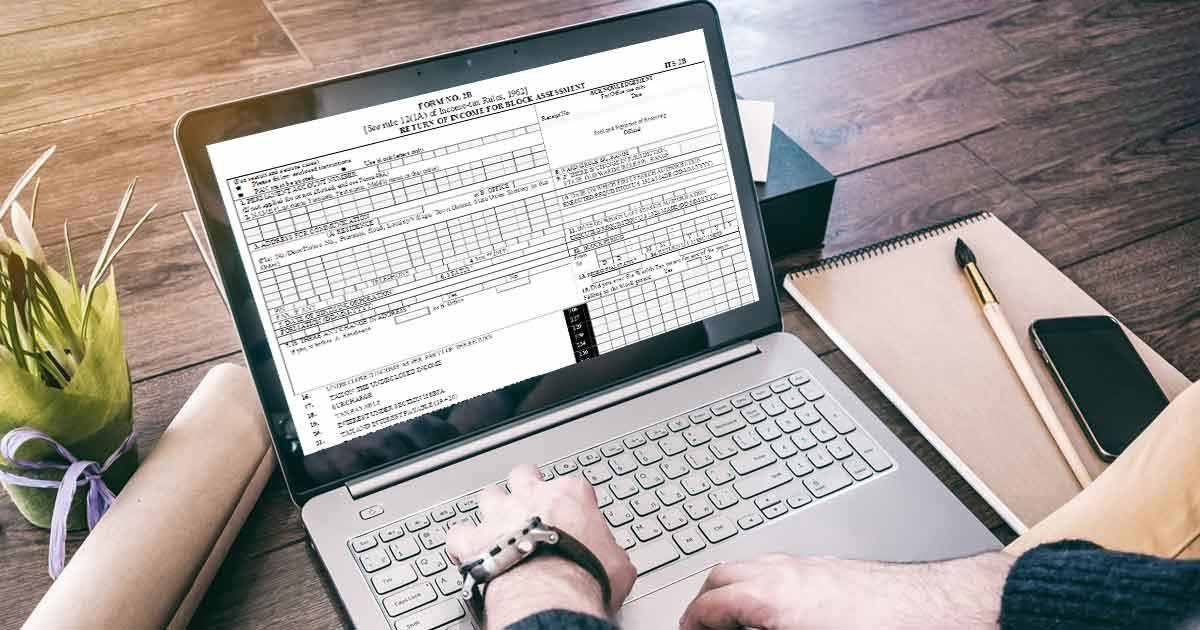ITR Filing: It is possible to file ITR even without Form 16. It has been confirmed by tax experts that it is possible to file Income Tax Return (ITR) without Form 16 for the assessment year 2023-24. While Form 16 is generally used by salaried employees to simplify the process.
Form 16 is the most important document for salaried employees in India. It is provided by the employer to the employees along with details of Tax Deducted at Source (TDS) and salary component. As per the Income Tax rules, every employer has to issue Form 16 to the employees having income subject to TDS. However, there may be instances of non-issuance of Form 16. However, if Form 16 is not provided to a person, he can still file Income Tax Return (ITR).
Form 16
It is possible to file ITR without Form 16 as well. It has been confirmed by tax experts that it is possible to file Income Tax Return (ITR) without Form 16 for the assessment year 2023-24. While Form 16 is generally used by salaried employees to simplify the process. In the absence of Form 16, individuals can file their ITR using other documents like payment slips and Form 26AS along with investment records to claim the deduction.
How to file ITR without Form-16 for salaried individuals?
– Firstly all the salary slips or salary slips from the concerned financial year should be collected. These slips should contain comprehensive details of salary, allowances, deductions and other income components.
Second, the taxable income should be computed by considering all the components of salary including basic pay, allowances, perquisites, bonus etc. using the information obtained from the pay slips. Relevant deductions such as house rent allowance (HRA), standard deduction and professional tax should be deducted to arrive at taxable income.
Individuals should review their bank statements to identify any additional sources of income such as interest income, dividends, or any other form of income beyond their salary. These amounts should be included in computing taxable income.
Lastly, it is important to verify Form 26AS, which can be accessed through the Income Tax Department’s website. Form 26AS provides a consolidated statement of all taxes deducted and deposited against the PAN of the individual. It is necessary to ensure that the TDS details mentioned in Form 26AS match with the computed income details. If any discrepancies are found, the deductor, whether employer or bank, should be contacted to remove the discrepancies.
By following these steps and providing necessary supporting documents individuals can successfully file their ITR without relying on Form 16. Once the return is filed, remember to e-verify it. ITR filed without e-verification is incomplete and will not be considered for processing through the Income Tax Department.
